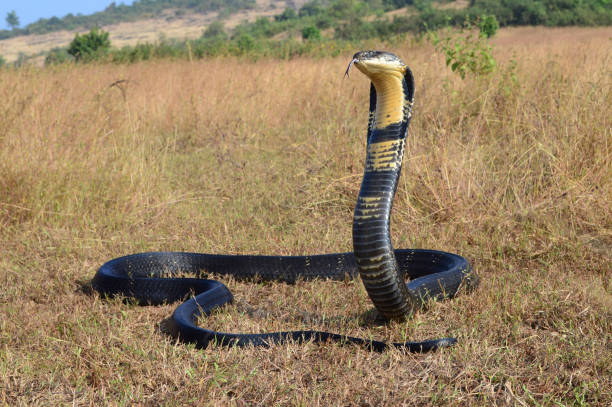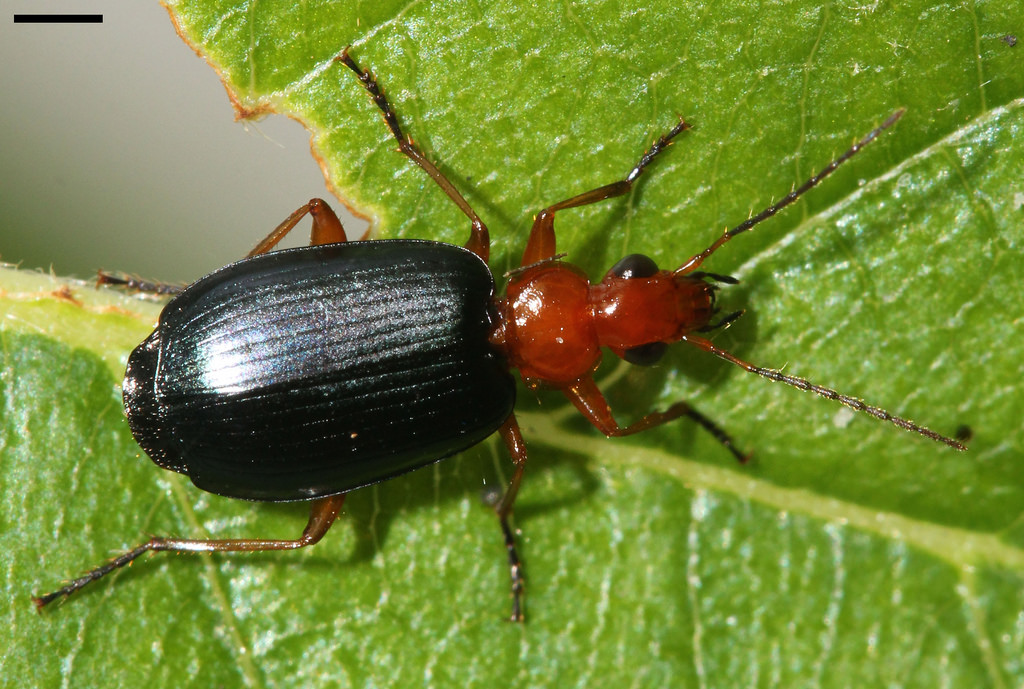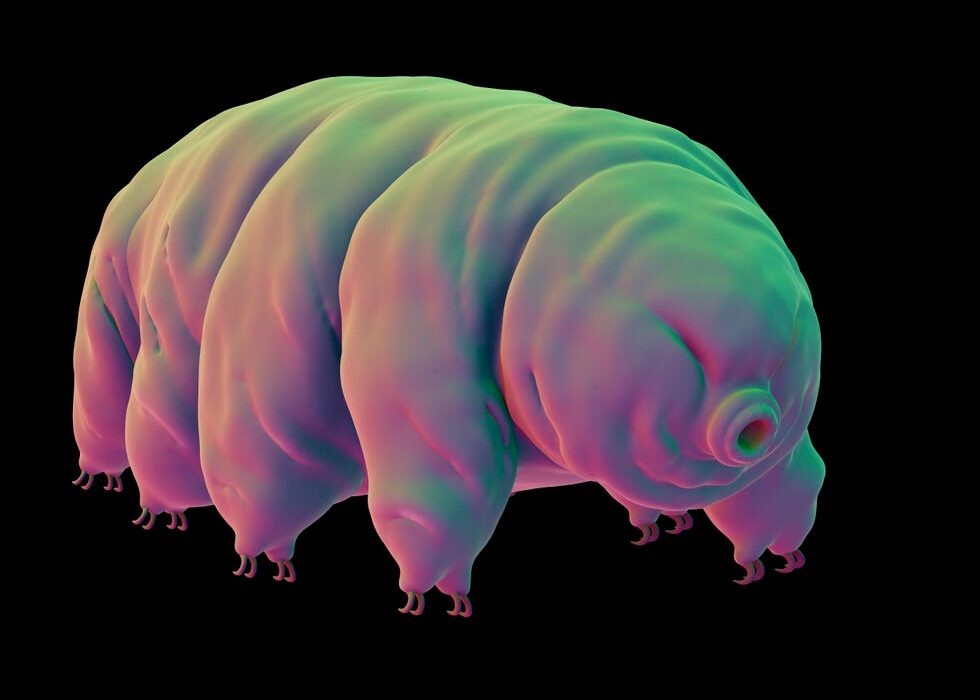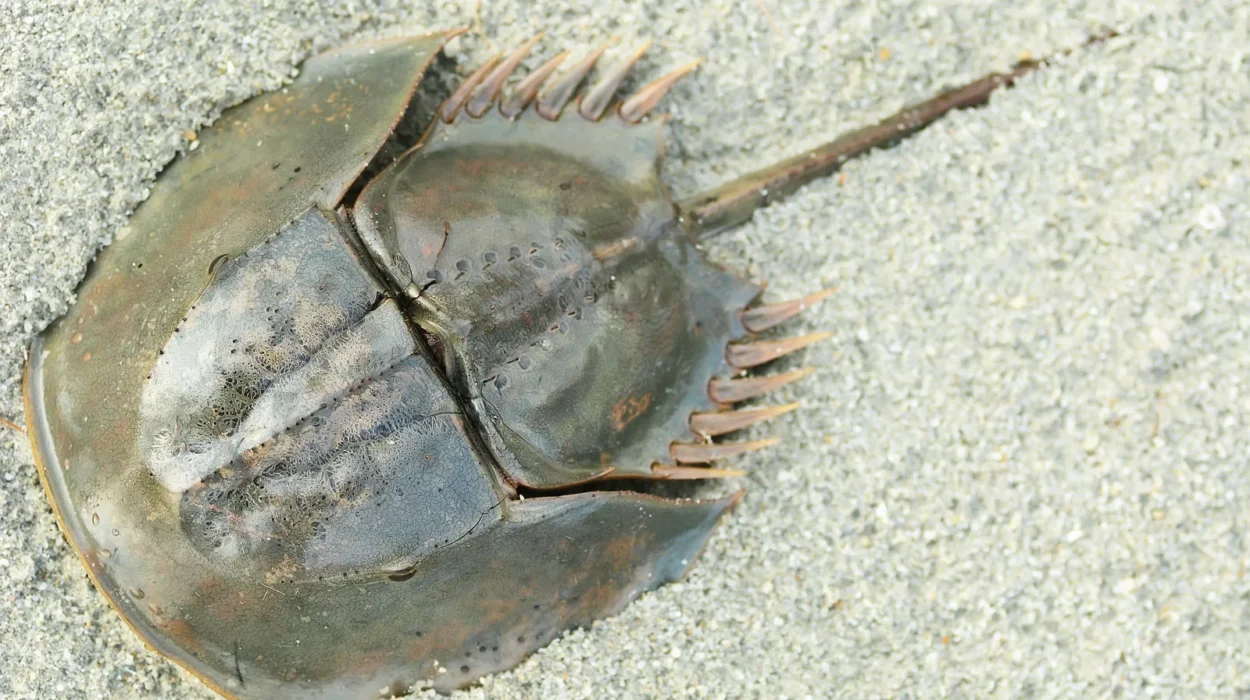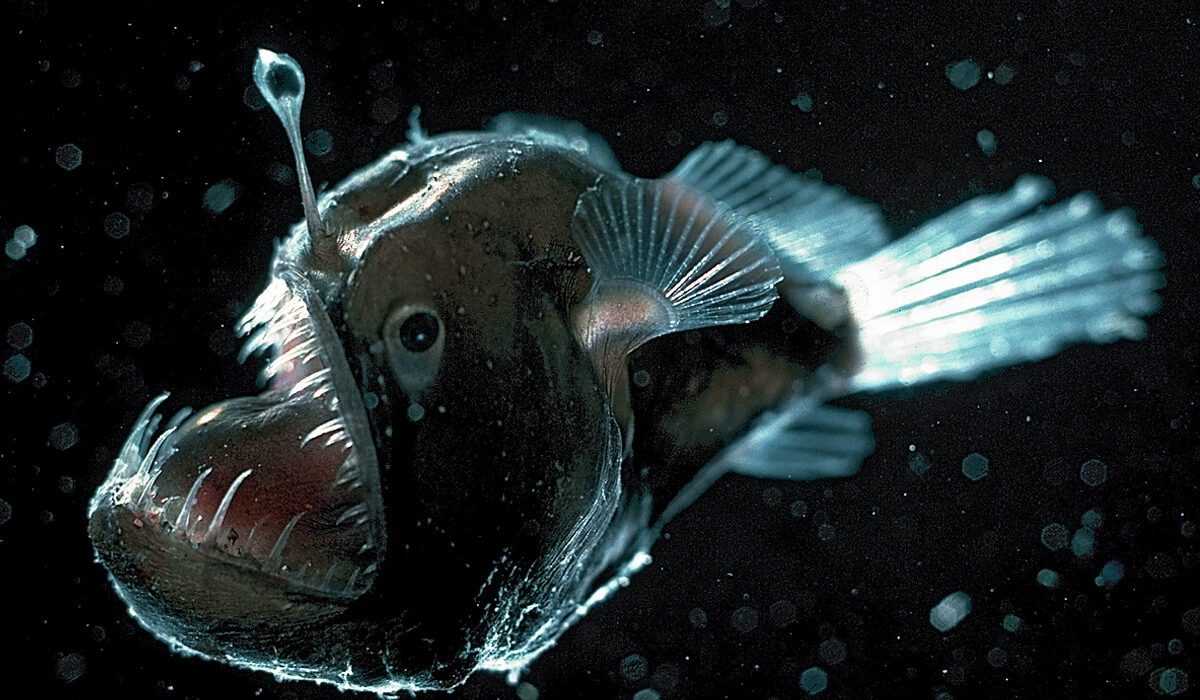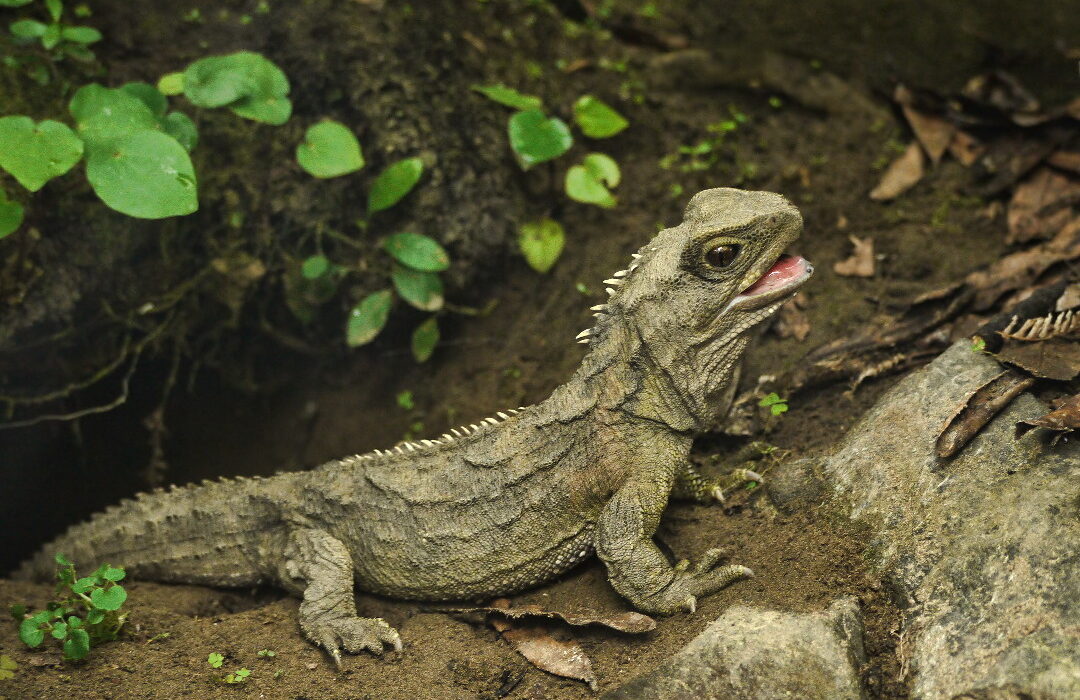In the hidden corners of jungles, deserts, and swamps, a quiet and deadly beauty unfolds. It’s the realm of the snake — a creature that hunts without haste, kills without mercy, and survives through sheer mastery of stealth and adaptation. To some, snakes symbolize fear; to others, they are nature’s most fascinating engineers of death. But beyond their reputation lies an even more remarkable truth: snakes are among the most inventive hunters on Earth.
They don’t just strike — they calculate. They don’t just ambush — they strategize. Each species has evolved a unique way to capture prey, turning the act of hunting into an art form shaped by millions of years of evolution.
These ten snakes showcase the extraordinary diversity of methods that serpents use to survive. From masters of disguise to hypnotic charmers and high-speed assassins, they reveal that the world of snakes is not merely about venom and fangs — it’s about intelligence, adaptation, and the raw poetry of life and death.
1. The Tentacled Snake – The Underwater Hypnotist
In the murky waters of Southeast Asia, a strange serpent lurks, unlike any other. The Tentacled Snake (Erpeton tentaculatum) is as much a mystery as it is a marvel. Its name comes from two small, fleshy appendages that protrude from its snout — delicate, finger-like tentacles used to sense vibrations and movements underwater.
This snake doesn’t chase its prey; it waits. Remaining perfectly still in a J-shaped position, it creates an illusion of calm. Fish swim by, unaware of the silent predator. Then, in a flash, the snake strikes — but not randomly. Before it even moves, the Tentacled Snake triggers the fish to dodge the wrong way.
How? By creating a tiny wave in the water that fools the fish’s escape reflex. The snake knows that the fish will dart in the opposite direction, so it predicts the movement and aims its strike where the fish will be, not where it is.
It’s a haunting display of predatory psychology — the snake reads its prey’s mind before it acts. Scientists studying it with high-speed cameras call this behavior “predictive striking,” and it’s among the most advanced hunting techniques ever observed in reptiles.
2. The King Cobra – The Tactical Assassin
The King Cobra (Ophiophagus hannah) is not just the world’s longest venomous snake — it’s a strategist, a thinker, and a true apex predator. Unlike most snakes that hunt by ambush, the King Cobra actively stalks its prey. It glides silently through the forest floor, following the scent of other snakes, its preferred meal.
Yes — this king is a cannibal. It hunts and devours other serpents, including venomous ones like kraits and smaller cobras. What makes its hunting technique unusual is its patience and planning. The King Cobra doesn’t rush; it moves with purpose, often shadowing its target for hours before striking.
Its intelligence is unmatched among reptiles. In controlled studies, King Cobras have shown problem-solving abilities, spatial memory, and even situational awareness — traits once thought to belong only to mammals and birds.
When it strikes, it doesn’t just bite and retreat like most venomous snakes. It holds onto its prey, delivering a sustained bite that injects massive amounts of neurotoxic venom, shutting down the victim’s nervous system almost instantly.
Then, in eerie calm, the King Cobra begins to feed — swallowing its fellow serpent whole, as if asserting that in the jungle, there is room for only one true king.
3. The Death Adder – The Deceptive Lure
The Death Adder (Acanthophis antarcticus), native to Australia and New Guinea, is the master of deception. Unlike most snakes that slither in search of prey, the Death Adder waits — buried in leaf litter, motionless, its body indistinguishable from its surroundings.
But its genius lies in its tail. The tip of the Death Adder’s tail resembles a small, wriggling worm. It flicks it back and forth, mimicking the movement of live bait. Frogs, lizards, and small mammals are drawn in by the sight of what appears to be an easy meal.
And then — lightning. The adder’s strike is one of the fastest in the animal kingdom, completing in just 0.13 seconds. The prey barely realizes the trick before venom floods its system.
This technique, known as caudal luring, is a deadly combination of camouflage and mimicry. The snake not only hides from its prey but pretends to be its prey’s prey — a deception so complete that it turns curiosity into fatality.
4. The Boomslang – The Patient Poisoner
High in the trees of sub-Saharan Africa lives the Boomslang (Dispholidus typus), a slender, graceful snake with enormous eyes that give it a wide field of vision. Unlike most snakes that rely on ambush or speed, the Boomslang hunts with slow precision and deadly calculation.
It moves almost imperceptibly through the branches, its body blending with the leaves. It stalks birds, chameleons, and small mammals, striking only when the target is perfectly aligned. But what truly makes this snake unusual is its venom — and how it uses it.
The Boomslang’s venom is a slow-acting hemotoxin that disrupts blood clotting. Victims may not feel immediate effects, but internally, their bodies begin to bleed uncontrollably. The snake, however, doesn’t chase its prey after striking. It simply watches — calm, silent, certain. Within minutes, the prey weakens, collapses, and dies.
This delayed but inevitable kill allows the Boomslang to conserve energy and avoid dangerous chases. Its hunting style is an eerie testament to patience — a predator so confident in its chemistry that it lets time do the killing.
5. The Green Vine Snake – The Optical Illusionist
Slender as a ribbon and vibrant as a leaf, the Green Vine Snake (Ahaetulla nasuta) of South Asia and Southeast Asia turns invisibility into an art form. It hunts in the daylight, often in plain sight, yet most creatures never notice it.
Its thin, elongated body sways gently among branches, perfectly imitating the motion of vines in the wind. This camouflage is so complete that even seasoned biologists often miss it during field studies.
The Green Vine Snake uses binocular vision — a rare trait among reptiles — allowing it to judge distance with uncanny precision. When prey like lizards or frogs come close, the snake freezes, its tongue flicking out in slow motion. Then, without warning, it strikes with pinpoint accuracy.
Its hunting strategy relies on sight, stealth, and surprise, not speed. It hypnotizes its prey with stillness — a motionless perfection that ends in sudden death.
6. The Sea Snake – The Oceanic Stalker
In the warm waters of the Indian and Pacific Oceans, sea snakes rule beneath the waves. Among them, the Olive Sea Snake (Aipysurus laevis) stands out for its bizarre and highly adapted hunting techniques.
Unlike land snakes, sea snakes hunt in three dimensions. They use electroreceptors on their snouts to detect the faint electrical signals of fish hidden in coral crevices. By weaving gracefully through the reef, they probe holes and cracks, sometimes startling prey into open water where they can strike.
But the Olive Sea Snake employs a clever tactic — distraction. While its head investigates one crevice, its body blocks nearby exits, herding fish into a trap. The prey’s panic becomes its doom as the snake’s strike comes from an unexpected angle.
Scientists studying this species have even observed cooperative hunting with predatory fish like groupers, where both animals exploit each other’s movements to flush out prey — a remarkable example of interspecies teamwork in the wild.
7. The Sidewinder Rattlesnake – The Desert Dancer
In the blistering deserts of North America, where the sand burns under the midday sun, lives the Sidewinder Rattlesnake (Crotalus cerastes). Its hunting technique is as strange as the landscape it inhabits.
This small rattlesnake moves sideways — a unique form of locomotion called sidewinding. This allows it to glide effortlessly across loose sand without overheating or sinking. But it’s not just its movement that’s special; it’s how it hunts.
The Sidewinder buries itself under the sand, leaving only its eyes and heat-sensing pits exposed. There it waits for rodents to pass by, detecting their body heat and vibrations. When prey approaches, the snake erupts from the sand in a burst of speed, striking with surgical precision.
Its attack lasts less than a second, after which it releases the prey, tracking it by scent until the venom takes effect. This technique saves energy and reduces the risk of injury — an essential adaptation in a harsh, unforgiving environment.
8. The Blunt-Headed Tree Snake – The Nocturnal Acrobat
Deep in the rainforests of Central and South America lives the Blunt-Headed Tree Snake (Imantodes cenchoa), a slender nocturnal serpent that hunts in the canopy like a ghost.
Its hunting style is defined by agility and precision. With its thin, elongated body and large eyes, it moves gracefully among branches, hanging vertically or even upside down as it searches for sleeping lizards and frogs.
But what’s truly unusual is how it captures its prey — not with speed, but with balance and reach. The Blunt-Headed Tree Snake uses its long, flexible neck to extend far from its perch, suspending itself in midair like a pendulum. Then, with astonishing control, it snatches its victim without disturbing a single leaf.
This delicate hunting technique allows it to catch prey while remaining nearly invisible, a ballet of silence performed in the moonlight.
9. The Egg-Eating Snake – The Gentle Thief
While most snakes rely on venom or constriction, the African Egg-Eating Snake (Dasypeltis scabra) has perfected a hunting technique that involves no violence at all — just finesse.
As its name suggests, it feeds exclusively on bird eggs. But eggs present a unique challenge: they must be swallowed whole and opened without breaking prematurely. To achieve this, evolution has armed the snake with a remarkable adaptation.
Inside its throat are bony projections — specialized vertebral extensions that act like internal can openers. When the snake swallows an egg, it crushes it against these bones, draining the contents and then regurgitating the empty shell.
To find its meals, the Egg-Eating Snake climbs trees and raids nests under cover of darkness, guided by scent and heat. It’s a predator that kills nothing, living purely on the lifeblood of unborn life — a quiet thief in the world above the forest floor.
10. The Spitting Cobra – The Venom Sniper
Few hunters on Earth can weaponize their venom like the Spitting Cobra. Found across Africa and parts of Asia, these snakes have evolved an astonishing defense-and-attack mechanism: they can eject venom with pinpoint accuracy from a distance of up to three meters.
But this is not blind spraying. The cobra aims. Using visual cues, it tracks the eyes of its attacker — or prey — and contracts muscles around its venom glands to shoot twin streams directly at the target’s face. The venom, primarily a neurotoxin and cytotoxin mixture, causes intense pain and potential blindness if it reaches the eyes.
In hunting, some cobras use this tactic to disorient birds or small mammals before moving in for the kill. It’s a long-range attack rarely seen among snakes, and it demonstrates how evolution has turned venom from a simple killing tool into a projectile weapon.
Their accuracy is extraordinary — a blend of instinct, precision, and power. Few animals represent adaptive innovation like the Spitting Cobra, a living testament to nature’s creativity in the art of survival.
The Hidden Intelligence of Serpents
To call snakes cold-blooded is both literally and metaphorically misleading. Yes, their body temperature follows their environment, but their hunting methods reveal a sophistication far from emotionless instinct. Snakes learn. They remember. Some even exhibit problem-solving behaviors that challenge our assumptions about reptilian intelligence.
They are engineers of motion, tacticians of time, and artists of silence. Every strike is a calculation; every pause, a performance.
Across deserts, forests, and oceans, their diversity of hunting styles tells a story millions of years old — one of adaptation, patience, and elegance in lethality.
The Poetry of the Predator
To watch a snake hunt is to witness evolution in its purest form. Each move, each breath, each heartbeat serves a single purpose — survival. But beyond survival lies something more profound: beauty.
In the slow undulation of a python, in the hypnotic stare of a cobra, in the silent strike of an adder, there is rhythm — the rhythm of nature itself. Snakes remind us that death, too, can be graceful, that life and predation are bound in a timeless dance.
They are the shadows of the wild, the quiet reminders that intelligence takes many forms — not all of them human, not all of them warm.
And in their strange, elegant, and often chilling hunting techniques, snakes whisper the oldest truth of all: to live is to adapt, and to adapt is to evolve into something extraordinary.
